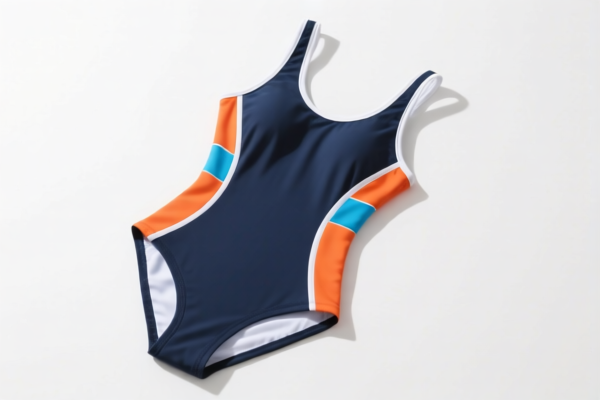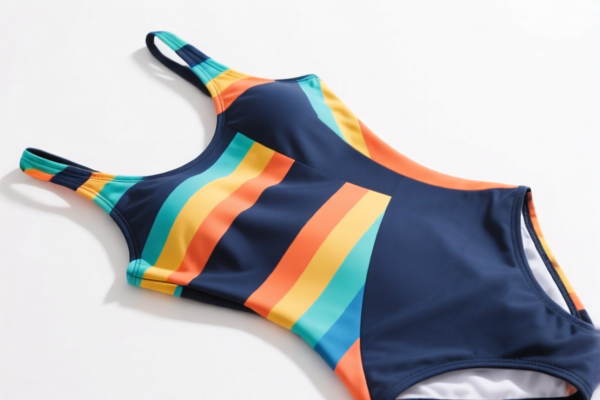| HS Code | Official Doc | Tariff Rate | Origin | Destination | Effective Date |
|---|---|---|---|---|---|
| 6112410010 | Doc | 62.4% | CN | US | 2025-05-12 |
| 6112490010 | Doc | 50.7% | CN | US | 2025-05-12 |
| 6114901020 | Doc | 38.4% | CN | US | 2025-05-12 |
| 6114901020 | Doc | 38.4% | CN | US | 2025-05-12 |
| 6211121010 | Doc | 49.3% | CN | US | 2025-05-12 |




Women's Swimsuit
A women's swimsuit is an outer garment worn by women for swimming and related water activities. It has evolved significantly in design and function since its early iterations.
Materials
Swimsuits are typically constructed from materials that offer stretch, durability, and resistance to chlorine and saltwater. Common materials include:
- Polyester: A widely used synthetic fiber known for its resistance to fading, stretching, and chlorine. It provides good shape retention and is relatively affordable.
- Nylon: Another popular synthetic fiber offering excellent stretch and durability. Often blended with Spandex for enhanced comfort and flexibility.
- Spandex (Lycra/Elastane): A highly elastic fiber added to swimsuit fabrics to provide a close fit, freedom of movement, and shape retention. It's rarely used alone and is typically blended with other fibers.
- PBT (Polybutylene Terephthalate): A durable, chlorine-resistant fiber often used in higher-end swimsuits. Offers excellent shape retention and colorfastness.
- Microfiber: A soft, smooth fabric often used for comfort and a luxurious feel.
- Neoprene: A synthetic rubber used for wetsuits, providing thermal insulation.
Purpose & Function
The primary purpose of a swimsuit is to allow women to swim comfortably and efficiently. Key functions include:
- Hydrodynamics: Streamlined designs reduce drag in the water.
- Coverage: Provides varying levels of body coverage, depending on style preference and cultural norms.
- Support: Many swimsuits offer bust support through features like underwire, molded cups, and adjustable straps.
- UV Protection: Some swimsuits are made with fabrics that offer protection from the sun's harmful ultraviolet rays.
- Chlorine Resistance: Materials are selected to minimize degradation from chlorine exposure in swimming pools.
Usage Scenarios
Swimsuits are used in a wide variety of water-based activities:
- Recreational Swimming: Pool swimming, beach swimming, water parks.
- Competitive Swimming: Racing swimsuits designed for minimal drag and maximum performance.
- Water Sports: Surfing, paddleboarding, snorkeling, diving, water aerobics.
- Beachwear: As a fashion item for sunbathing and lounging.
Common Types
Swimsuits are available in a diverse range of styles:
- One-Piece Swimsuits: A single garment covering the torso. Variations include:
- Classic One-Piece: Traditional style with varying necklines and back designs.
- Tankini: A two-piece swimsuit consisting of a tank top and swim bottoms.
- Swimdress: A one-piece swimsuit with a skirt attached.
- Two-Piece Swimsuits (Bikinis): Consists of a top and bottoms.
- Triangle Bikini: Classic style with triangular cups.
- Bandeau Bikini: Top without straps.
- High-Waisted Bikini: Bottoms with a high waistband.
- String Bikini: Minimal coverage with thin straps.
- Tank Suits: Similar to tankinis, offering more coverage on the torso.
- Wetsuits: Provide thermal insulation for colder water conditions. Available in full-body, short-sleeve, and short-leg versions.
- Rash Guards: Provide sun protection and prevent chafing. Typically made of stretchy, quick-drying materials.
- Swim Shorts: Provide more coverage and are often used for water sports.
Women's swimsuits fall under several classifications depending on the material composition. Here's a breakdown of relevant HS codes based on the provided information:
-
6112410010: This HS code covers track suits, ski-suits and swimwear, knitted or crocheted; women's or girls' swimwear; of synthetic fibers; of fabric containing by weight 5 percent or more elastomeric yarn or rubber thread. This applies to swimsuits made from synthetic materials with at least 5% elastomeric yarn or rubber thread. The total tax rate is 62.4%, comprised of a 24.9% base tariff and a 7.5% additional tariff, increasing to 30.0% after April 2, 2025.
-
6112490010: This HS code also covers track suits, ski-suits and swimwear, knitted or crocheted; women's or girls' swimwear; of other textile materials; of cotton. This applies to swimsuits made from cotton or other non-synthetic materials. The total tax rate is 50.7%, comprised of a 13.2% base tariff and a 7.5% additional tariff, increasing to 30.0% after April 2, 2025.
-
6211121010: This HS code covers track suits, ski-suits and swimwear; other garments; swimwear; women's or girls'; of man-made fibers. This applies to swimsuits made from man-made fibers. The total tax rate is 49.3%, comprised of a 11.8% base tariff and a 7.5% additional tariff, increasing to 30.0% after April 2, 2025.
It is important to determine the exact fiber composition of the swimsuit to select the correct HS code.
Customer Reviews
No reviews yet.